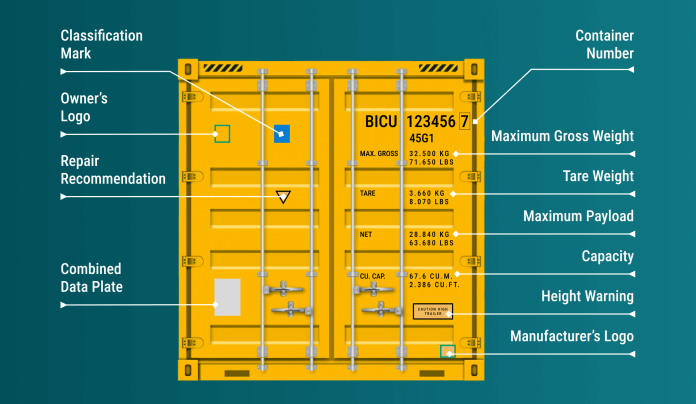Last Updated on September 19, 2023 by
Want or need additional room for any purpose? Get your hands on a used cargo container! Put these sturdy containers to good use and/or save them for future use. If you’re looking for the best prices on cargo containers in Seattle, go no further than UsedConex. Quick and cheap shipping containers of all shapes and sizes are available from Seattle Shipping Containers, WA.
Table of Contents
Securing Loads
Packages within containers are protected by unique aids. Wooden beams, planks, squared timber, wooden dunnage, boards, stowage gratings, empty pallets, airbags, empty packages, intermediate flooring, and partitions are used to support loads, distribute weight, and separate inventory. Parts of cargo are also secured by nets. Along with lowering friction, they are utilized to fill space and create partitions. Goods are lashed to lashing points using a variety of nets, ropes, wire ropes, belts, steel, plastic, nylon strapping, chains, and rapid tensioners.
A Maximum Allowable Load for Containers
If the container is filled, the cargo must be evenly distributed on the floor. Safety in transporting containers is ensured by loading as many bottom rails as possible. Freight container floors are vulnerable to point loads. Point loads are inevitable when transporting heavy objects through a narrow aisle. When filling a container, be sure to monitor the load on the loading lines. A 40-foot container cannot be moved beyond its line load. Safely transporting a 40-foot container necessitates increasing the bearing surface. The required distance for the decking to the container’s center line is 40 cm. When packing containers with a forklift, take care not to overburden them.
The Capacity of Walls and Roof
We know what the loading limits are for the walls and roof of a container according to ISO 1496 and the CSC. Shipping containers‘ roof mounting hardware must be able to withstand a force in the lengthwise direction equivalent to 2gs of horizontal velocity. Twist locks are a kind of fastener that may be used to transmit the pressure from a moving vehicle to its load. End wall loads of 0.4 g are required by the CSC. When the whole length of an empty container is loaded, the maximum weight it can hold is 40 percent. The CSC mandates that the side walls can support 0.6 g, or 60% of the total weight when distributed uniformly. Cargo walls are vulnerable to point loads. Precautions should be taken if point loads cannot be avoided due to the nature of the cargo. Freight must not be loaded onto the container roof, since the CGS only allows 200 kg above 60×30 cm.
Distribution of Mass Inside the Container
The cargo’s center of gravity should be towards the container’s center to make crane and forklift loading simpler. Lifting and transporting a container with an off-center center of gravity is harder. Transporting things safely requires following rules. A 20-foot container’s CG is 60 cm from the geometric center of gravity throughout its length, in the center of its cross-section, and immediately below it when seen from above.
Getting Ready for Storage
A strategy must also incorporate scent or dust cross-contamination and commodity, physical and chemical compatibility during container transit. Lighter goods should be placed over heavy cargo, and dry cargo should be stacked on moist cargo. Empty seats pose a safety risk when traveling; remove them. The bottom of the pile must be loaded with harmful materials first. Separating objects is essential while stacking barrels. Accidents may be avoided by properly loading the artillery kind of cargo.
Safekeeping of Containers
Latches on containers are often twisted locks or corner castings. Cargo-securing equipment is used on ships, lorries, railroad cars, and special machines like side lifters and cranes. The casting in the corner is a stationary oval hole measuring 12.45 by 6.35 centimeters. You may prohibit access to these by inserting a twist lock into the opening and turning its top, which would normally allow a crane or transport base to pass through.
These are some Shipping Container Guidelines by UsedConex, Seattle Shipping Containers, WA. We hope you use them next time.
Apart from this, if you are interested to know more about Shipping Containers with a Desiccant Blanket then visit our Business category.




















